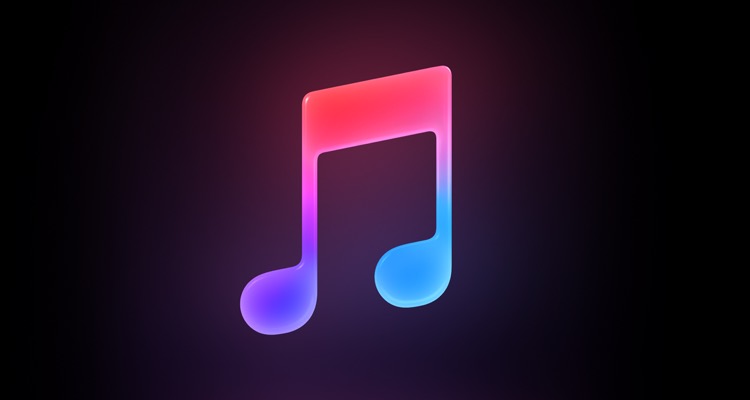During Christmas chart week there has been much written about the way music is consumed. We are certainly in an era of streaming and downloads are barely relevant any more. But this week it has been proved that there might just be life left in the old dog yet, after Ladbaby claimed the Christmas Number One with massive download figures (just 7% of the total sales figure was from streaming). Maybe it proves that with the right promotion and the right song people will still pay to download. Of course, this might all be wrong – it might just be because the song is intended to raise money for charity. Who knows? (The song is crap which means you will probably hear it for years to come in kids’ birthday parties.)
All of this has made me reflect on the way the sales figures are now obtained for the chart. The calculations are very complex these days. In a nutshell, the figures are a combination of downloads, physical sales (albeit very tiny these days), streams and now video plays (YouTube). If a song is brand new or in active promotion its streams count with a full chart ratio (depending on whether they are paid for streams or free). If a song has seen figures decline for three consecutive weeks or if the song is no longer in active promotion then the streams count with the accelerated chart ratio which means they count for less. Have you got your head around that?
Yesterday, whilst waiting for my daughter’s dance show to start, A Million Dreams was played around ten times in a row. These plays will count in some way towards the chart (depending on whether they were being streamed, I guess) and I find that weird that they do.
Back in the day when streams did not count a consumer had to make the choice to purchase the track. I could play it a thousand times in a week but it counted once. Making a purchase comparable with listens is the issue here.
Back in 1991 when Bryan Adams was enjoying his record breaking stint at Number 1, his song was the most purchased each week. But was it always the most listened to? Probably not.
And in 2016 when Drake was at Number 1 for fifteen weeks with the God-awful One Dance, that definitely wasn’t the most purchased song each week.
The other issue I have with streaming is playlists. Songs that I add to my own playlist, are songs that I have chosen to be there. But if I listen to a Top UK songs playlist on Spotify, someone else has put them there. I would argue that those songs shouldn’t count towards the chart because I haven’t made that choice. Someone else has picked that song for me.
I understand the decision to count streaming and video plays on the chart – that is how music is now consumed. But the way they are counted is what bothers me.
Here’s a thought – I don’t know if it would work or not, but I like the sound of it. I think it would work!
How about: if one person plays the song then that counts as one sale for the week? And if the person plays it twice or more then they don’t count any further. This would mean instead of counting streams for the week it would count unique streams for the week.

